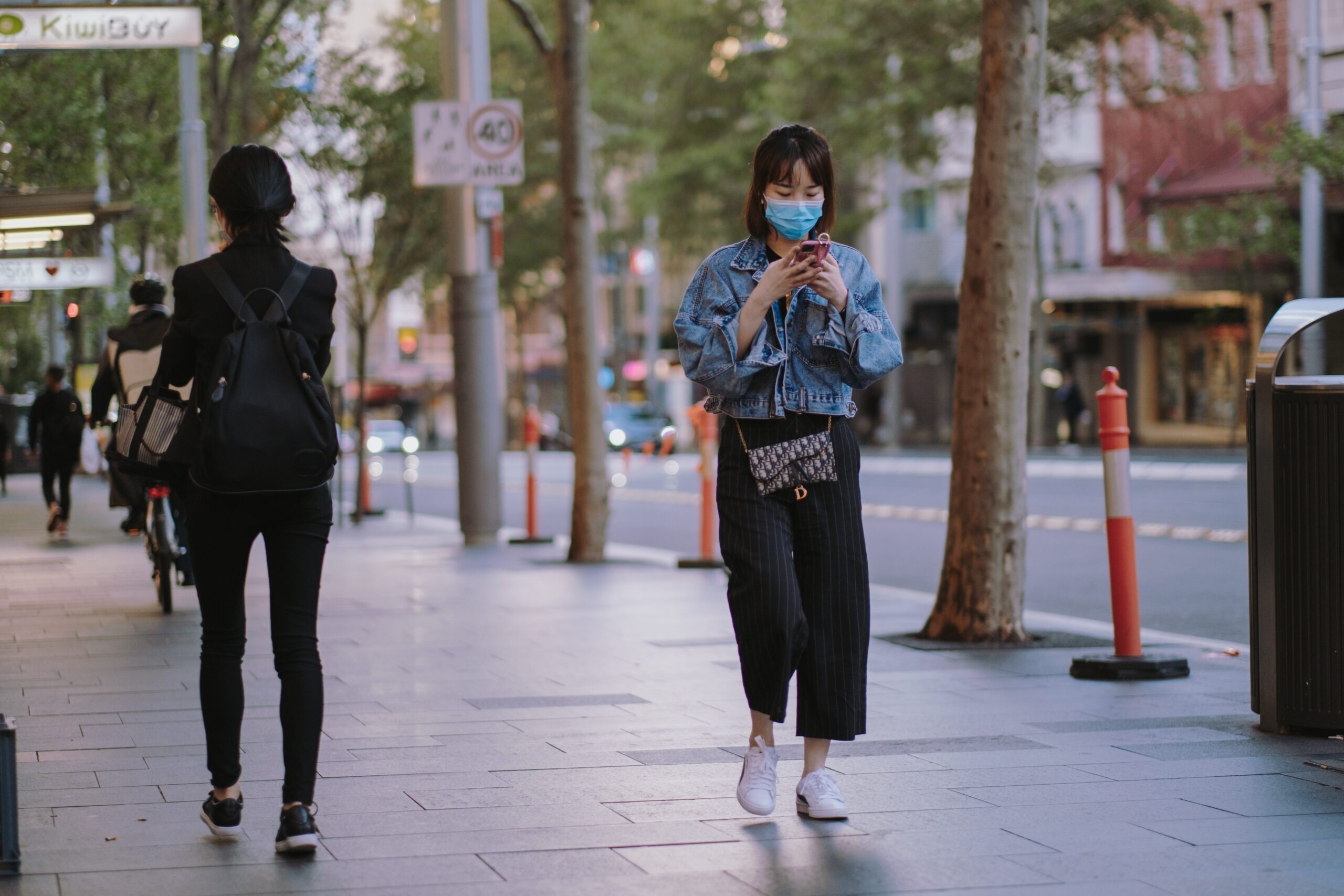
The World Bank has announced its latest release on extreme poverty line, with the new threshold being set at US$2.15 per person per day, up from the previous threshold of US$1.90. This increase was triggered by the Bank’s decision to change the calculation of purchasing power parities (PPP) last year, with the new basis being based on PPP 2017, while the old one was based on PPP 2011.
The changes in extreme poverty have led to a shift in the boundaries of the lower-middle-income class. The new limit has been increased to US$3.65 per day from the previous US$3.20, while the upper-middle-income class boundary has been increased to US$6.85 per day from the previous US$5.50 per day.
According to the PPP calculation of US$1.90 per day, the World Bank considers that Indonesia has successfully reduced the level of extreme poverty from 19% in 2002 to 1.5% in 2022.
However, as a potential upper-middle-income country, the Bank believes that Indonesia needs to broaden its focus beyond extreme poverty, by shifting away from the poverty line of US$1.9 per capita per day.
The World Bank stated that the decrease in Indonesia’s extreme poverty rate to 1.5% in 2022 was due to sustainable economic growth and fiscal support from the government in providing social protection to the poor and vulnerable.
The Bank hopes that Indonesia will continue and accelerate efforts to alleviate poverty for a larger segment of the population in line with its goal of becoming a high-income country by 2045.
According to the World Bank, Indonesia needs to set higher targets to improve the lives of one-third of Indonesians who are still economically insecure. This can be achieved, for example, by changing the PPP measurement to US$3.2 per day.
The shift to PPP of US$3.2 per day will have an impact not only on the number of poor people, but also on their profile, such as the inclusion of more non-agricultural workers.
The Bank believes that a multi-pronged approach can be used to achieve this ambition, by creating better opportunities, protecting households from poverty, and funding investments that benefit the poor.
However, the changes have caused concern for Sri Mulyani, who worries that 40% of Indonesians will fall into poverty overnight. The World Bank’s Indonesia Country Director, Satu Kahkonen, said in her speech, “When you can reduce extreme poverty to zero, but your poverty line is US$1.9, you have to use US$3. Suddenly 40% of us are poor.”
Sri Mulyani argued that the World Bank’s calculation cannot be immediately applied in Indonesia because each region has a different price structure. Therefore, people’s expenses for living are different and cannot be measured solely by their income.






















